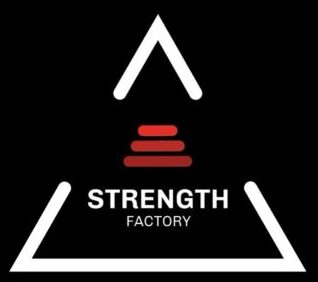Muscle hypertrophy refers to the increase in the size of skeletal muscle fibers in response to resistance training. This process is fundamental for individuals aiming to enhance muscle mass and strength.
Types of Muscle Hypertrophy
1. Myofibrillar Hypertrophy
-
Involves an increase in the size and number of myofibrils, the contractile components of muscle fibers.
-
Leads to denser and stronger muscles, often observed in strength athletes.
2. Sarcoplasmic Hypertrophy
-
Pertains to an increase in the sarcoplasm, the semi-fluid substance surrounding myofibrils within muscle cells.
-
Results in larger muscle volume without a proportional increase in strength, commonly seen in bodybuilders.
Mechanisms Behind Muscle Growth
-
Mechanical Tension
Lifting heavy weights creates tension in muscle fibers, which is crucial for initiating growth. -
Muscle Damage
Resistance training causes microscopic damage to muscle fibers. The repair process contributes to muscle growth. -
Metabolic Stress
Accumulation of metabolites, such as lactate, during exercise can promote muscle hypertrophy.
Training Strategies for Hypertrophy
-
Load and Repetitions
Train with loads ranging from 60–80% of one-repetition maximum (1RM) for 6–12 repetitions per set. -
Training Volume
Perform 3–6 sets per exercise, targeting each muscle group 2–3 times per week. -
Rest Intervals
30–90 seconds between sets may enhance hypertrophic responses. -
Progressive Overload
Gradually increase the weight, repetitions, or sets over time to ensure continued muscle adaptation and growth.
Additional Factors Influencing Hypertrophy
-
Training Frequency
Training muscle groups multiple times per week can lead to greater hypertrophy than once-a-week sessions. -
Exercise Selection and Range of Motion
A variety of exercises using a full range of motion can enhance muscle activation and growth. -
Age and Genetics
Responses to training vary based on genetics and age. Younger individuals often experience more pronounced hypertrophy.
Glossary of Terms
-
Myofibrils: Thread-like structures within muscle fibers responsible for contraction.
-
Sarcoplasm: The semi-fluid substance surrounding myofibrils in muscle cells.
-
One-Repetition Maximum (1RM): The maximum amount of weight one can lift for a single repetition of a given exercise.
-
Progressive Overload: The gradual increase of stress placed upon the body during training.
Conclusion
Understanding the fundamentals of muscle hypertrophy is essential for designing effective resistance training programs. By applying principles such as progressive overload, choosing the appropriate load and volume, and considering individual factors, one can optimize muscle growth outcomes.


Leave a comment